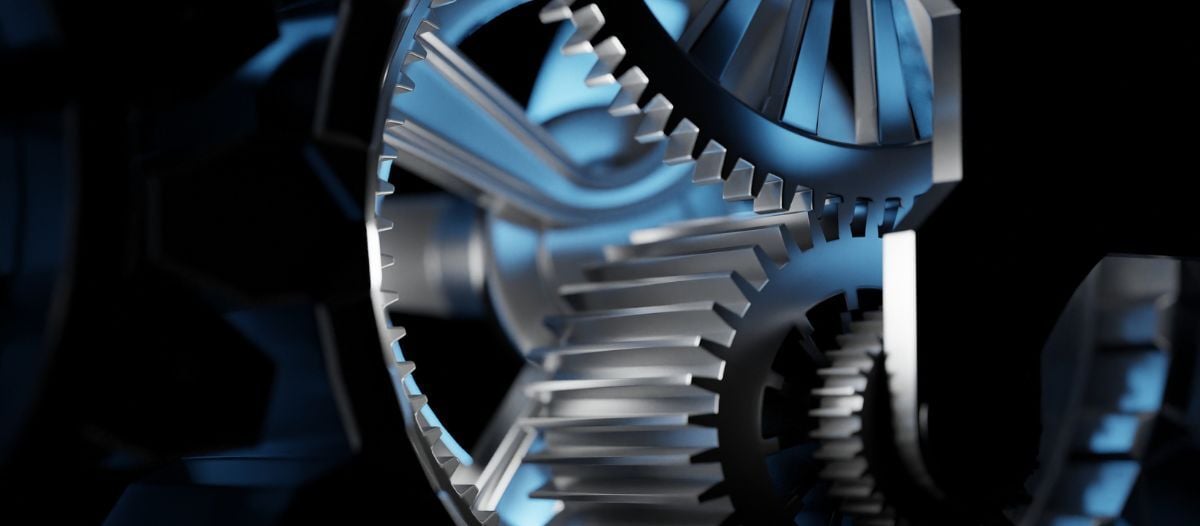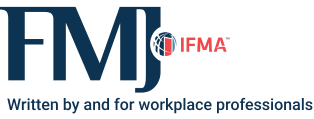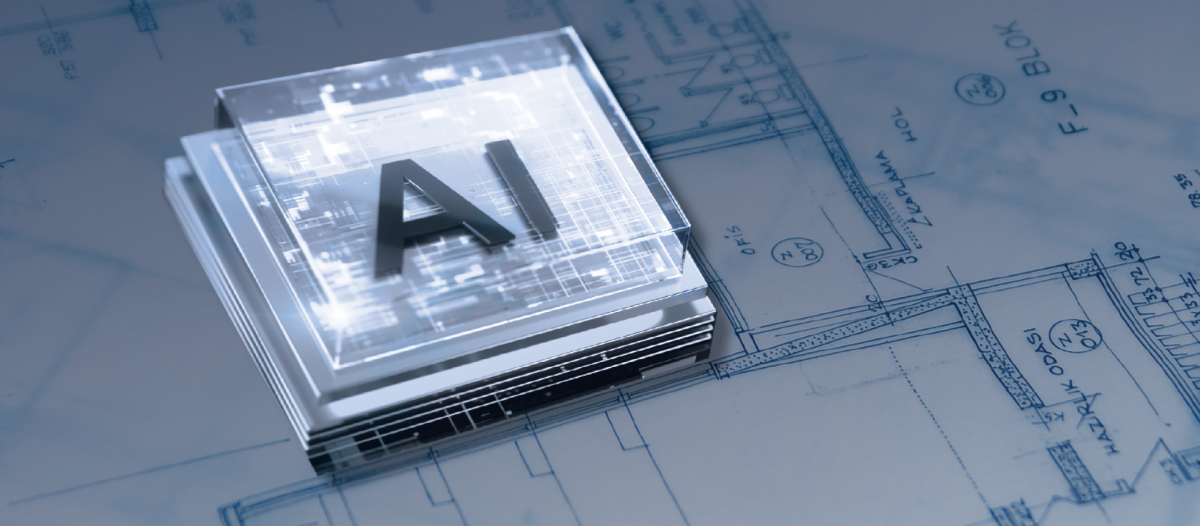Art & Science
Planning for equipment upgrades

Equipment might be technical, but the environments they work within and the people who operate them can be more complicated.
Determining the necessary steps for upgrading test equipment and systems for research and development or end-of-line production requires a balance of proven protocols, real-world experience and intuition. When facility managers and decision makers face changing regulatory mandates, systems integration responsibilities, new training requirements and long-term financial commitments, equipment upgrades become formidable tasks. Factors such as industry metrics, technology assessments, evaluation of suppliers, budget development and age of the facility and company culture all play critical roles in this decision-making process. Add an ever-expanding and competitive technology market to the mix, and equipment upgrade planning becomes a complex process that must be undertaken on a recurring basis.
Successful equipment upgrades rely on a careful balance of art and science. Identifying data-driven business and technical drivers are still the critical first step, but data can only take teams so far. Equipment might be technical, but the environments they work with-in and the people who operate them can be more complicated. Integrating equipment upgrades within daily operations cannot happen without a well-developed plan that identifies the “who, what, where, when, why and how” of a potential project in detail. That plan must also leave room for adaptability driven by decision makers’ intuition. When done well, this approach effectively supports equipment functionality, integrated operations and the overall business goals of an organization.
Equipment monitoring & timelines
Typically, the most efficient facilities are those that run continuously. This requires equipment to function at peak performance and enables the facility to provide vital, continuous data. Naturally, a 24/7 operation necessitates some form of equipment monitoring, which is a full-time job that requires distinct scheduling and measurable results to be effective.
The ideal facility, including its process support equipment, is empowered through artificial intelligence (AI) and machine learning (ML). They handle mundane, repetitive tasks such as consistent testing or data entry, thereby providing maintenance teams with more time to focus on complex problem-solving and efficiency upgrades. AI-augmented systems and equipment are becoming more avail-able and intelligent with the continuously growing ability to learn and make evidence-based decisions based on internal and external data. The tradeoff is that teams become more dependent on the technology that helps them perform their duties. As much as today’s AI-augmented machines can “think on their feet” and do much of the repetitive tasks that people have traditionally performed, they require ongoing maintenance to ensure they themselves are operating as expect-ed. And with that comes hard and soft costs that must be accounted for. There is a cost of time and related resources in addition to the financial costs when equipment repairs or upgrades are warranted.
These costs grow significantly when there are delays in identification and resolution if more rigorous asset management is not practiced.
Whether the interval is weekly, monthly, quarterly or annually, it is important to follow a regular asset assessment that covers:
-
Installation records
-
Dates of service
-
Equipment capacity vs actual output
-
Availability of spare and replacement parts
Projected utilization
With regular and thorough review, risk and ROI can be assessed to determine the appropriate timeline for upgrades to de-liver on benefits and cost while sustaining business operations.
In terms of execution and much like the equipment service interval being fol-lowed, there should be a consistent, dedicated individual or team that conducts the asset monitoring. All too often this is an “add-on” responsibility to a support technician’s or engineer’s main role. This task is preventive and long-term in nature, as opposed to being necessary for day-to-day operation, which can mistakenly fall to the bottom of the list. Sometimes this oversight ultimately results in the task going undone. At best, this results in lost insight, and at worst, it can cause critical downtime.
To reduce the likelihood of delays or stoppages, focused sub-lists can be developed to divide and prioritize tracking equipment maintenance tasks, aiding time management for those responsible for monitoring this information. In terms of tools, there are database systems de-
signed specifically to support this job, and technology is advancing to tie them directly to their assets and their own local AI systems. However, AI and monitoring technology is not a one-for-one replacement for the expertise, time, and focus of operations staff. Objectives and limitations of technology must be carefully considered in order to develop an achievable vision. With this strategy in mind, teams can operate with a well-vetted plan in-formed by the help of expert consultants and internal support resources.
The role of technology
Not all technology moves at the same speed. Equipment, regardless of its type, has a unique life expectancy determined by various factors. This includes wear and tear, availability of parts, hardware and software innovations, supplier closures and buyouts, market needs or general technology evolution. The risk of equipment becoming obsolete over time is always a reality and is important to assess early and regularly. As technology improves, it offers the opportunity to upgrade for better performance and ease of diagnostics and maintenance, but the potential for technology failure or obsolescence must also be strategically considered.
The automobile industry provides one example of how changing technology drives the need for facility upgrade and equipment replacement plans. The electrification revolution is driving vast investments in new equipment, including charging systems, battery cyclers and battery emulators that will require a new set of maintenance requirements to remain operational and efficient. Adjustments to the existing tools and in some cases a new infrastructure are required to keep facility operators up to date with the most recent tech offerings. To facilitate the process, it is necessary to develop a mechanism to stay informed about the latest market trends and how the available technology and equipment can impact the facility operation. In the absence of reliable internal resources, consulting relatable reference material and establishing reliable connections within the industry including supply chain professionals and consultants is a productive way to gather appropriate in-sights and benchmarking.
Balancing, data, analytics & intuition
When expensive, work-intensive decisions need to be made, most professionals want to see the numbers first. For facilities of any size, leaders and their engineers are accustomed to digging through historical data and market insights to ensure the right equipment, technology and processes are in place to deliver on efficiency, safety and productivity. Hard data helps FMs make informed decisions on any-thing from a building’s energy consumption to heavy equipment servicing schedules to product development timelines.
Data alone, however, is not enough. Even with heaps of internal data, access to industry insights and the right analytics tools to extract and organize the information, businesses will not achieve results without strategic planning that is both experience-driven and open-minded. This comes down to intuition. Often times, even the most experienced leaders are uncomfortable when they are told to rely on instinct. When a judgment comes down to a gut feeling that cannot be concretely defined or backed by hard data, it begs the question, “how do you really know?” Intuition might be hard to measure, but it is scientifically proven that one’s gut feeling is actually the human body’s natural response to stimuli generated by the unconscious mind sifting through its past experiences and cumulative knowledge. By tapping into both intuition and hard data, alongside the advice of entrusted people who are on the “frontlines” of the job, facility teams and management can come together to strike a balance between the art and science of equipment upgrades.
When equipment no longer meets its requirements or is at the end of its life cycle, recognition of needs is the first step. This step is easier said than done, especially when facility equipment central to operations feels like an immovable mainstay. Whether recognized by executives or engineers on the ground, intuition drives the desire to implement change in the first place. On the other hand, making the case for equipment changes requires data-driven backing to get off the ground. Whether a physical plant upgrade, new software integration, or regulatory improvement, it is necessary to determine if the needs can be met with an optimal solution or in an alternative, more cost-effective, but perhaps less efficient way.
Some things can be easily quantified and justified. A blown fuse is one example. A decision to address this problem does not demand strategic alignment. On the other hand, the implications are large for replacement or upgrade of mission-critical facility equipment that carries the burden of obsolescence. There is also the reality that outdated equipment or failed integration can compromise the business’ bottom line. This calls for that balance of art and science: someone must be in place who understands the fundamentals of the equipment’s operations, but who also provides an objective, insightful perspective that can illuminate new opportunities for efficiency or function. Ultimately, decision making should come down to being proactive versus reactive while combining real-world experience and intuition with hard data.
Organizational size, culture & decision-making practices
An interconnected and collaborative company culture is extremely important within any facility, and its effects can be extended to equipment upgrades. Collaboration among knowledgeable personnel expedites decision making, empowered by the information and experiences of team members across all roles and levels. It helps shape a clear, visible roadmap of how decisions impact the entire organization. Fostering this type of culture requires a commitment to consistent and open communication from the top down. Regardless of the size of the company, it does not take much of a disconnect in communication to create a negative impact on business and slow the critical decision on next steps. To ensure the best interests of the organization are considered when evaluating equipment upgrades, a system of checks and balances should be implemented to make sure the needs of impacted parties are being met.
Generally, decisions are nimbler within smaller companies because the web of interconnection involves fewer key players versus their larger counterparts. But this does not mean alignment is a smaller task. Clear and frequent communications are fundamental to striking a united plan.
Understanding the needs of both stakeholders and end users is crucial to avoiding blind spots across strategy and implementation. This ensures employees can accomplish their jobs in a safe and efficient environment in a way that positively contributes to overall business goals. Collaboration can occur in a one-on-one fashion or in a large group setting, but a key player must be in place to stitch together various departmental needs and find a middle ground for all involved parties. It makes sense to implement a cross-functional team of informed staff members who understand the site, the equipment and how to use that equipment. This cross-functional team can develop a system that aims to both minimize or eliminate failure modes and support proactive upgrades. Smaller organizations might be able to appoint a single person, but generally, it is prudent to bring in multiple team members to avoid tunnel vision and encourage collaboration resulting in a proactive plan.
A process of evolution
As technology evolves, the demands for new and updated equipment increase for many reasons, including market changes, competition and regulatory requirements. Developing a plan, in advance for equipment upgrading provides the structure for decisions that support business goals and reflect processes effective for all staff involved. FMs can achieve this by committing to a combination of listening to what their experience and intuition tells them, what they learn from communicating and collaborating with employees and stakeholders, and appropriately examining available data and the life cycle of their equipment. Resist the urge to drive every decision solely based on cost or superior performance. Instead, strike a balance of science and art that integrates intuitive insights with key data to propel facility and business goals forward.

Todd Culp is the North American wind tunnel supervisor at Ford Motor Company and a partner at Elk Rapids Hydroelectric Power. He has more than 25 years in the industry and has been responsible for several of the Ford test operations during his tenure.

Matt Thiel is director of facility planning and engineering at ACS. He brings extensive research and technology expertise to the design and implementation of test facility solutions. Through ongoing research and insights learned by working with clients in hundreds of test facilities around the world, Thiel continues to innovate to address clients’ needs for market and regulatory requirements.
Read more on Project Management and Operations & Maintenance or related topics Project Management , Furniture, fixtures and equipment (FF&E) and Building Systems
Explore All FMJ Topics









